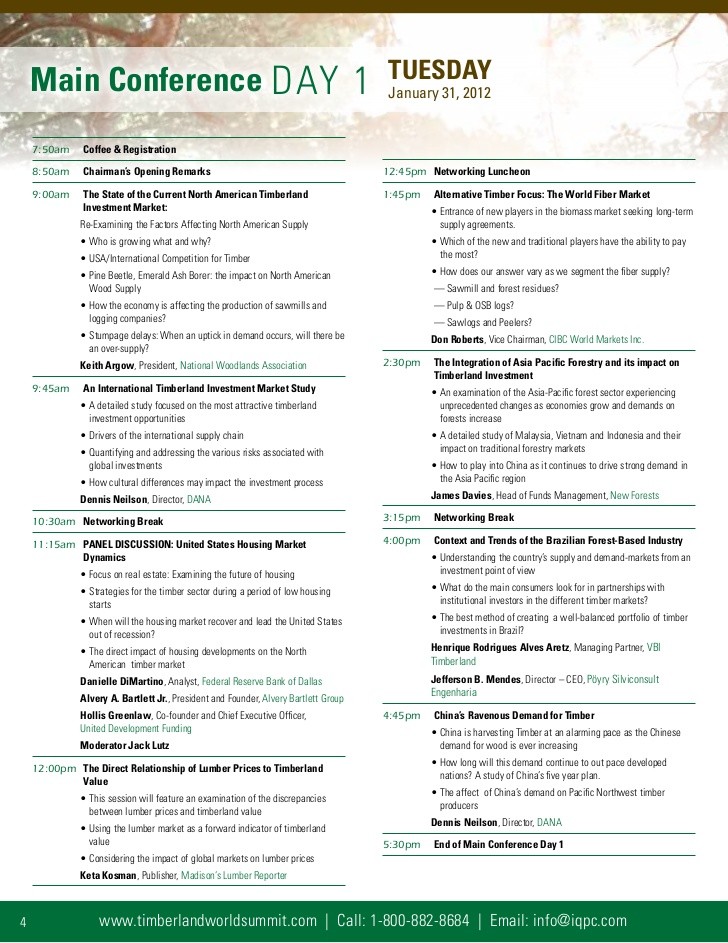Timber and Forestry Investments A new Alternative Asset Class Opens up for Individuals
Post on: 1 Октябрь, 2015 No Comment

Timber and Forestry Investments A new Alternative Asset Class Opens up for Individuals
Forestry and timber investing the very concept seems either dull or extremely alien. After all, its’ much more satisfying to follow the rest of the herd and chase the latest hot social networking stock such as Facebook or Linkedin. However any investors especially those looking for true diversification and stable returns are making a real oversight by ignoring the value timber and forestry investments could bring to their overall portfolio.
One question that is always worth considering when looking at investments is where are large institutional investors putting their money? This is not to say that big investors are always on the right track they can be driven by the same emotions and herd mentality as individuals but at least it helps give smaller investors a sense of which types of investments are seeing large amounts of money flowing into them.
One asset class that has seen a substantial amount of money flowing into it recently is forestry investments. Just to give one example, there is a new Russian Chinese joint-venture that is putting US$200 Million into forestry investment opportunities. Likewise, Harvard University in the United States – which has the largest endowment of any academic institution in the world – is making a major push into timber and forestry investment.
There are a number of factors that make timber and forestry investments attractive:
1) As a hard asset, timber investments are an excellent hedge against inflation. With the US Federal Reserve looking closely at QE3, as well as the ECB being pressured to stop the rot in Europe by buying government bonds from the Club Med countries on a massive scale, any type of inflation hedge investment is worth considering. There is generally a close correlation between timber prices and overall prices in the economy, and that sense timber can act as a hedge much like precious metals do.
2) The returns on timber investing have been quite impressive. Consider some basic statistics on the returns from timber and forestry investments. In the UK, the average annualized return for the IPD (Investment Property Databank) UK Forestry index for 10 years is 10.4%. In the United States meanwhile, the National Council of Real Estate Fiduciaries in the United States (NCREIF), timber returns since 1987 through 2010 have averaged 15% a year. Indeed, the graph on the next page allows you to visualize how timber has had only three down years in 47 years.

3) Demand for timber is growing rapidly in China, and as the graph below demonstrates, the timber deficit in that country has been growing. I would expect that we will see the same trend of China buying what it needs as regards timber demand, putting investors on the right side of the China trade.
4) Finally, forestry investments are also very much uncorrelated to global equities. Trees do not care whether global stock indexes go up or down, and the sources of their returns are quite different. To elaborate on this point, there are two main sources of returns in forestry investments. First, the price of the harvested lumber itself. Whilst of course prices of the lumber from the trees can fluctuate greatly depending on both economic conditions and the tree species, investors have considerable flexibility on when to harvest their timber, and if for whatever reason the price of lumber in any particular year is low, the investor can simply withhold harvesting and patiently wait until the price moves in their favor. In addition, the return from the investment comes not only from the price of the cut wood, but from the growth of the trees themselves. In the UK for example, only 4.5% of the forestry investing returns noted above were due to the price of the timber itself, meaning that over 60% of the increase was simply due to the growth of the trees.
The main downside of forestry investments particularly direct ownership is that it is a highly illiquid asset class and should be thought of as something to be held for at least 5- 10 years. Therefore, for those with a shorter-tem horizon, it is quite important to emphasize that you not been looking at investing in forestry
Of course, no investment is full-proof and forestry investments should be seen as just one small part of the real asset side of investors portfolios, but if you are looking for stability, diversification and steady returns that are not correlated with global equities, investments in forestry are well worth a look.














